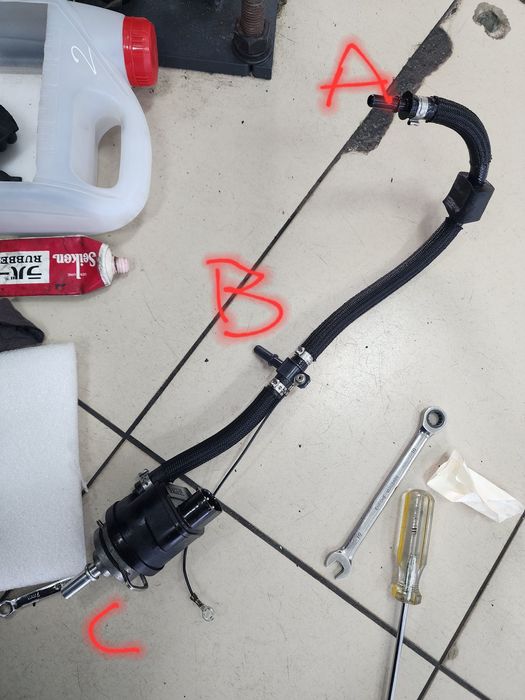 | Home > Technical (L405) > SDV8/TDV8 fuel return line questions |
 
|
|
|
| ss10 Member Since: 05 May 2025 Location: Reston, VA Posts: 39  
|
Let me take a stab at answering this. Though someone more knowledgeable can probably do a better job.
|
||
|
| Astanavits Member Since: 23 Sep 2024 Location: Paris Posts: 32 
|
What exactly is the problem with the fuel return? |
||
|
| heretolearn Member Since: 27 Oct 2024 Location: Kuala Lumpur Posts: 58  
|
Hi all, I managed to find out what is wrong with the vehicle. It was the ECU all along. So I updated the firmware using IID Tool and everything is fine now. Had to go over the entire fuel system including changing all low and high pressure fuel pumps, test injectors, and check all fuel lines of clogs to find out nothings is wrong with the fuel system. The symptoms I was getting is fuel pressure oscallation. At idle the fuel pressure creates a wave of high and low points. You can't feel it but if you use a IID tool it will show up in the logs. Problem appears when I bring the rpm up. It will hit P0088-17 high fuel rail pressure code at precisely 3.6k rpm as the oscallation waves grew between high and low points. It's a lot of work involved but I guess my fuel system will be trouble free for years to come. |
||
|
| Astanavits Member Since: 23 Sep 2024 Location: Paris Posts: 32 
|
interesting, I have a similar problem with the injection system I replaced the ECU and Last update but nothing to do the problem persists in my case it is not oscillation it is the ECU which controls the pressure at each deceleration 1000bar 600bar and 300bar this making a noise
|
||
|
| heretolearn Member Since: 27 Oct 2024 Location: Kuala Lumpur Posts: 58  
|
Are you referring to the ticking noise at the very end when revs drop back to idle? Mine used to hear that, infact it was also ticking on idle as it was cutting off pressure. So far I haven't noticed any of these problems after flashing the updates file. I'll test it out later today and see if it's audible when I'm outside of the vehicle. |
||
|
| heretolearn Member Since: 27 Oct 2024 Location: Kuala Lumpur Posts: 58  
|
Tested my 2019. Sounds pretty much the same to yours. I noticed the engine tends to be noisier at idle after EGR delete. Not sure if this is the case. Anyway I've checked the logs between ecu desired and actual, it's spot on so I doubt there are any problems there. |
||
|
| Astanavits Member Since: 23 Sep 2024 Location: Paris Posts: 32 
|
This is exactly the noise I'm talking about, god thank you I finally found a 4.4L tdv8 owner with an IDD.
|
||
|
| heretolearn Member Since: 27 Oct 2024 Location: Kuala Lumpur Posts: 58  
|
Sure. I can do that. Which data points do you need me to log as cross reference? |
||
|
| Astanavits Member Since: 23 Sep 2024 Location: Paris Posts: 32 
|
Thank you very much.
|
||
|
 
|
|
| All times are GMT + 1 Hour |
< Previous Topic | Next Topic > |
Posting Rules
|
Site Copyright © 2006-2025 Futuranet Ltd & Martin Lewis
![]()


